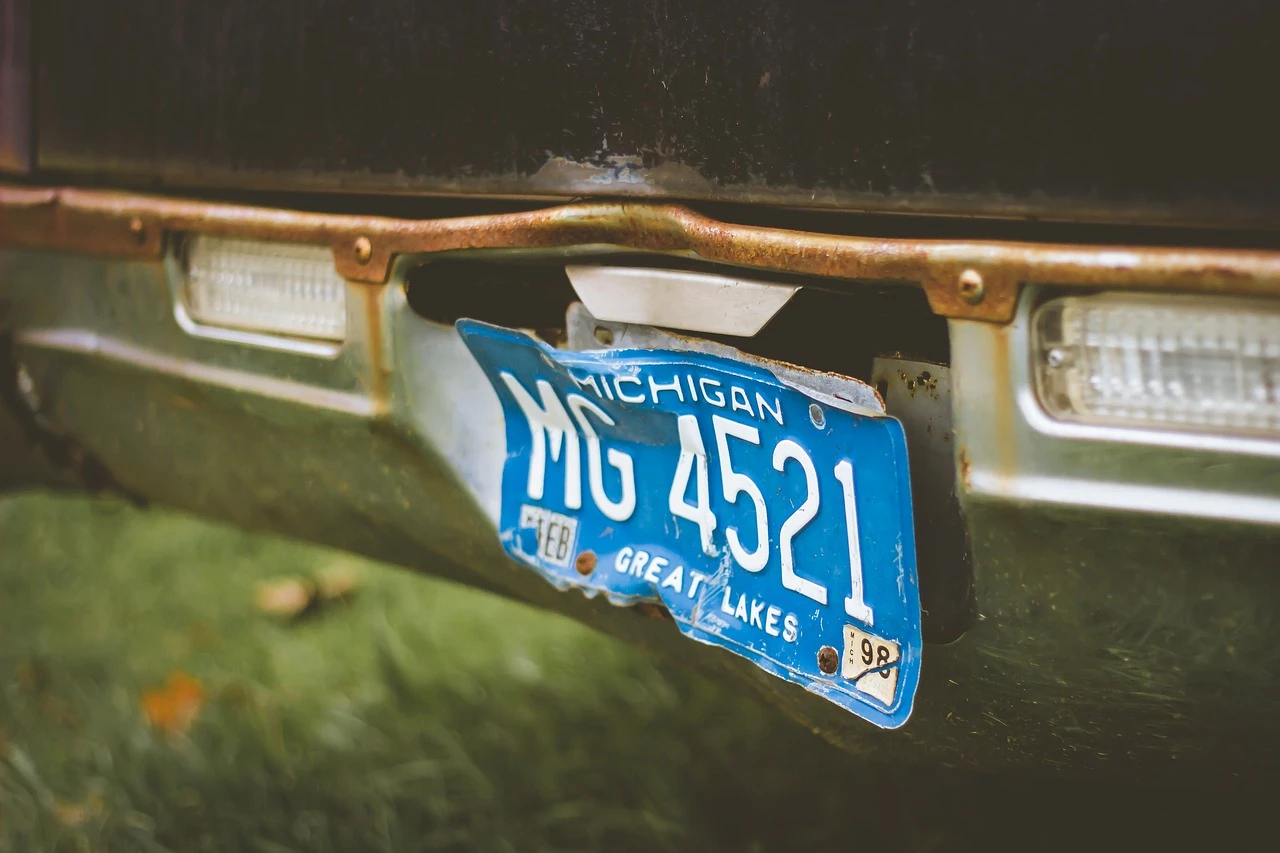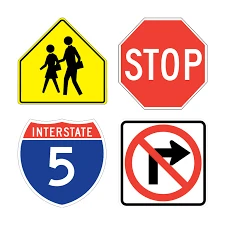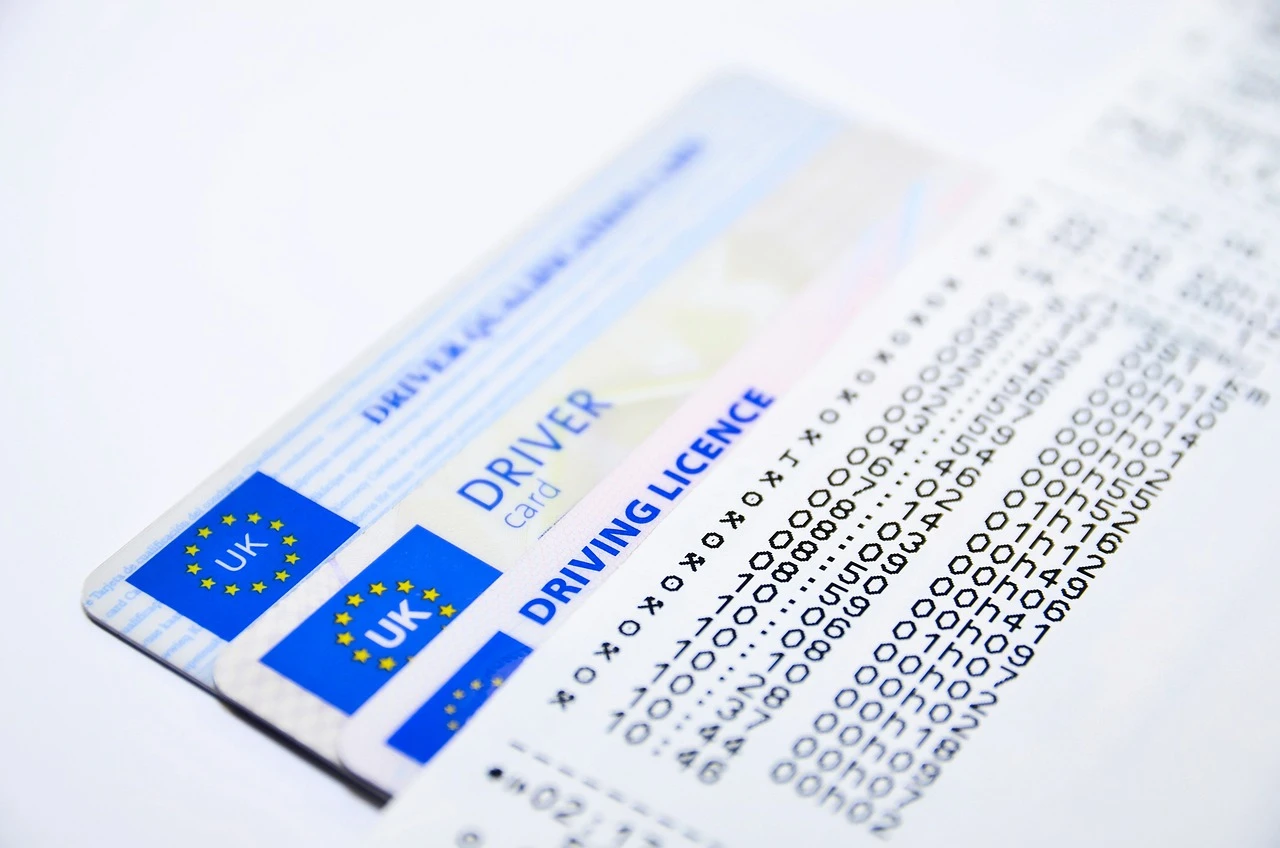Everything You Should Know About VIN
The Basics: What is a VIN and its Purpose
A VIN, which stands for Vehicle Identification Number, is a unique code assigned to every vehicle. Its purpose is to provide a standardized way of identifying and tracking vehicles, similar to a person's social security number or a fingerprint.
Decoding a VIN: Understanding the Information it Provides
When you decode a VIN, you can uncover a wealth of information about a vehicle. This includes the manufacturer, model, year of production, engine type, and even the vehicle's country of origin. It can also reveal specific details such as the trim level, body style, and optional equipment. By understanding this information, you can make more informed decisions when it comes to buying or selling a vehicle.
The Structure of a VIN and its Components
A VIN is composed of 17 characters that are both letters and numbers. Each character represents something specific about the vehicle. For example, the first three characters often indicate the manufacturer and the country where the vehicle was built. The fourth to eighth characters provide information about the vehicle's brand, engine size, and body style. The 10th character represents the year the vehicle was manufactured, while the last six digits serve as a unique identifier for each individual vehicle.
How to Locate and Read a VIN on Different Vehicles
The VIN can typically be found in several locations on a vehicle, including the dashboard, door jamb, engine block, and even the trunk. It is usually etched into metal or printed on a sticker. Once you locate the VIN, you can easily read it by simply writing down the 17 characters and decoding them using various online tools or VIN decoder apps.
The Importance of the VIN in Vehicle History Reports
The VIN plays a crucial role in generating accurate vehicle history reports. By using the VIN, companies like Carfax and AutoCheck can access a vehicle's maintenance records, accident history, ownership information, and even whether it has ever been reported stolen. This information is essential for buyers to make informed decisions about a vehicle's condition and value.
Understanding VINs and Vehicle Identification for Legal Purposes
VINs are also important for legal purposes. They are used to register vehicles, apply for vehicle titles, and ensure that the correct vehicle is being insured. In case of theft or other legal matters, the VIN is used to identify the rightful owner of the vehicle. Additionally, law enforcement agencies use the VIN to trace stolen vehicles and identify vehicles involved in crimes.
Common Misconceptions and Myths about VINs
One common misconception is that the VIN reveals personal information about the vehicle's owner, such as their name or address. In reality, the VIN only provides information about the vehicle itself, not its owner. Another myth is that a VIN can be altered or modified easily. While VIN tampering is possible, it is illegal and carries severe penalties. Manufacturers take great care to ensure the accuracy and tamper resistance of a vehicle's VIN.
VIN Fraud Prevention: Tips for Buyers and Sellers
To minimize the risk of falling victim to VIN fraud, buyers and sellers should take certain precautions. It is important to review the vehicle's documentation, such as the title and registration papers, to confirm that the VIN matches. Buyers should also consider obtaining a vehicle history report and having the vehicle inspected by a trusted mechanic before making a purchase. Moreover, sellers should be wary of any offers that seem too good to be true, as they may be attempts to sell stolen or fraudulently altered vehicles.
In conclusion, a VIN is a unique code assigned to every vehicle, serving as a way to identify and track vehicles. By decoding a VIN, you can gather information about a vehicle's manufacturing details and specifications. The VIN is found in various locations on a vehicle and plays a vital role in vehicle history reports and legal proceedings. It is important to be aware of common misconceptions about VINs and take precautions to prevent VIN fraud when buying or selling a vehicle.

About Intersection Signs
Navigate intersections like a pro with our guide to Intersection Signs: Discover the secret language of shapes and colors that will keep you on the right path and avoid the confusion of traffic mayhem.

What Is The Difference Between Added Lane Sign and Merge Sign?
Unlock the mystery behind the Added Lane Sign and Merge Sign: Don't be caught clueless on the road! Explore the key distinctions between these signs and master the art of seamless lane transitions.

7 Steps to Get a Driver's License in the USA
Mastering the road to independence: Your comprehensive guide to obtaining a US driver's license in just 7 simple steps. From learner's permits to road skills tests, we've got you covered! Get ready to hit the open road with confidence.

How To Renew A Driver License
Fear not the expiry date! Discover our step-by-step guide on renewing your driver's license: Say goodbye to the confusion and hello to hassle-free license renewal. Unlock the secrets to keeping your driving dreams alive!
![What Does The Sign [The Shoulder Drop] Off Mean?](https://img.dmv-test-info.com/ccsimg/dcs/union/9180a9f7-3b43-46b8-a21e-f48d58f12ae8.webp)
What Does The Sign [The Shoulder Drop] Off Mean?
Decode the mystery of the Shoulder Drop-Off sign: Don't let your journey take a nosedive! Explore the meaning behind this road sign and learn how to navigate safely through uneven terrains and unexpected road hazards.